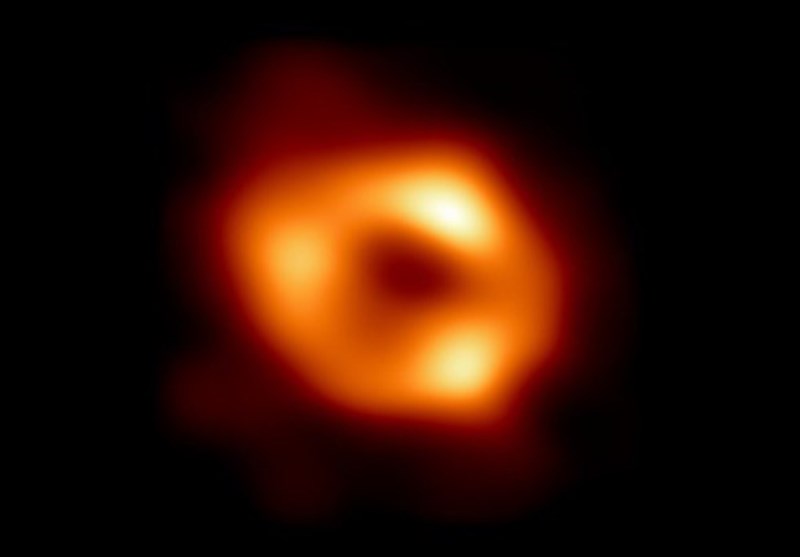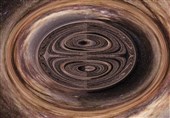Supermassive Black Hole in Milky Way Not Dormant, Study Reveals
TEHRAN (Tasnim) – A recent study published in Nature magazine unveils that Sagittarius A*, the supermassive black hole positioned at the heart of our Milky Way galaxy, unexpectedly reawakened at the end of the 1800s after being considered dormant.
According to the findings, this black hole, which surpasses the Sun's mass by approximately four million times and resides around 27,000 light years away from Earth, emerged from its extended slumber roughly two centuries ago. Researchers state that the celestial entity spent nearly a year engulfing various cosmic objects before returning to a state of dormancy.
"Imagine a bear going into hibernation after devouring everything around it," expressed Frederic Marin, one of the study's authors, as reported by AFP on Saturday.
Throughout this period of activity in the late 19th century, the black hole shone "at least a million times brighter than it is today," Marin added. Scientists observed this activity, noting that neighboring galactic molecular clouds began emitting x-ray light of such intensity that it appeared as if "a single glowworm hidden in a forest suddenly became as bright as the Sun," as described by French researchers CNRS.
Using NASA's Imaging X-ray Polarimetry Explorer (IXPE), astronomers tracked this x-ray light and identified Sagittarius A* as the source. Marin mentioned that the black hole had "emitted an echo of its past activity, which we managed to observe for the first time."
While scientists are intrigued by the study's findings, the reasons behind the black hole's resurgence remain a mystery. A prevailing hypothesis suggests that a star or gas cloud might have strayed too close, rousing Sagittarius A* from its dormant state. Researchers anticipate that the study can offer crucial insights into the triggers that prompt black holes to transition from periods of inactivity to activity.
Last year, astronomers released online the first-ever images of the black hole, specifically capturing the luminous gas ring surrounding it, thus confirming its presence.
Black holes are regions of spacetime with an immense gravitational pull, preventing anything, including light, from escaping. They form when the core of a highly massive star collapses inward at the end of its life.






